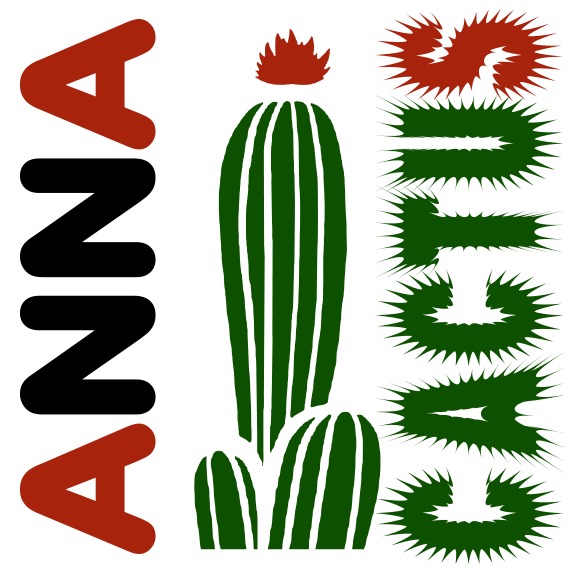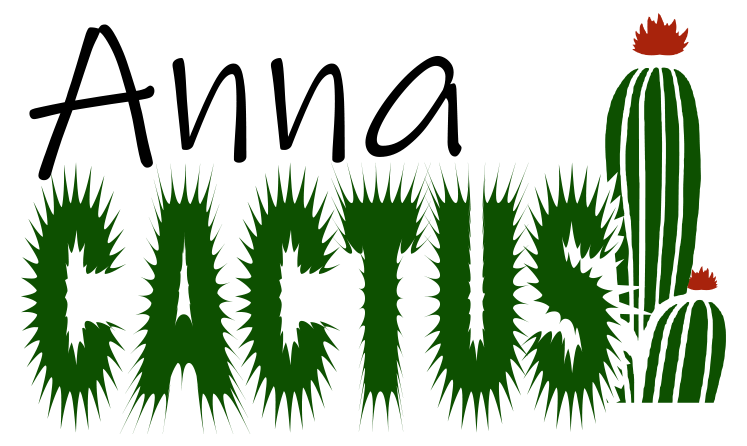The Delosperma Lehmannii, also known by its scientific synonym Corpuscularia Lehmannii or by its common name ice plant, originates in southern and eastern Africa. It is a curious plant because it grows as a result of soil and does not usually rise to twenty-five centimeters in height. The stems are also curious: when small, they are reddish, and as they become adult, they change color to grey.
The leaves also have three faces and attach all three to the tip giving a little round shape. Curiously, they also grow in opposite pairs, I give you an example, if one leaf grows looking north, the other is born facing south and is joined by the base. They are not very large; they are about two centimeters long by one wide. It needs direct sunlight if it is to flourish and also to reproduce it. In the summer, whether you are in a very hot area or those days where the sun is very hot, you will need to provide semi-shadow, either using a sunset or if possible, moving it directly to a place where the sun does not touch it directly.
The flowering is female in spring and offers us small, yellow flowers, about four centimeters in diameter. It will then give way to the seeds we can use to plant and create many specimens. An important point if you want to take this step is that the moment you spread the seeds on the substrate, especially do not cover them with ground, as it is vital that they receive sufficient lighting to germinate.
Finally, I will explain the irrigation, the minimum acceptable temperature and the possible causes of death. I shall begin with irrigation: it must be regulated during the summer and reduced when it is cold. This means once every fortnight in the spring, once a week in the summer, and irrigate only once in the autumn, when temperatures start to be equal or less than ten positive degrees, stop irrigating, because this is its winter rest temperature. If you see that during the time that it has no water, the leaves crinkle, don’t worry, it’s a measure of protection from the lack of water. As soon as you have hydration again, you will return to your normal appearance.
And finally, the greatest cause of death of this species (and the vast majority of cacti and succulent) is excess moisture. Before watering, you must ensure that the substrate is completely dry.





Reviews
There are no reviews yet.